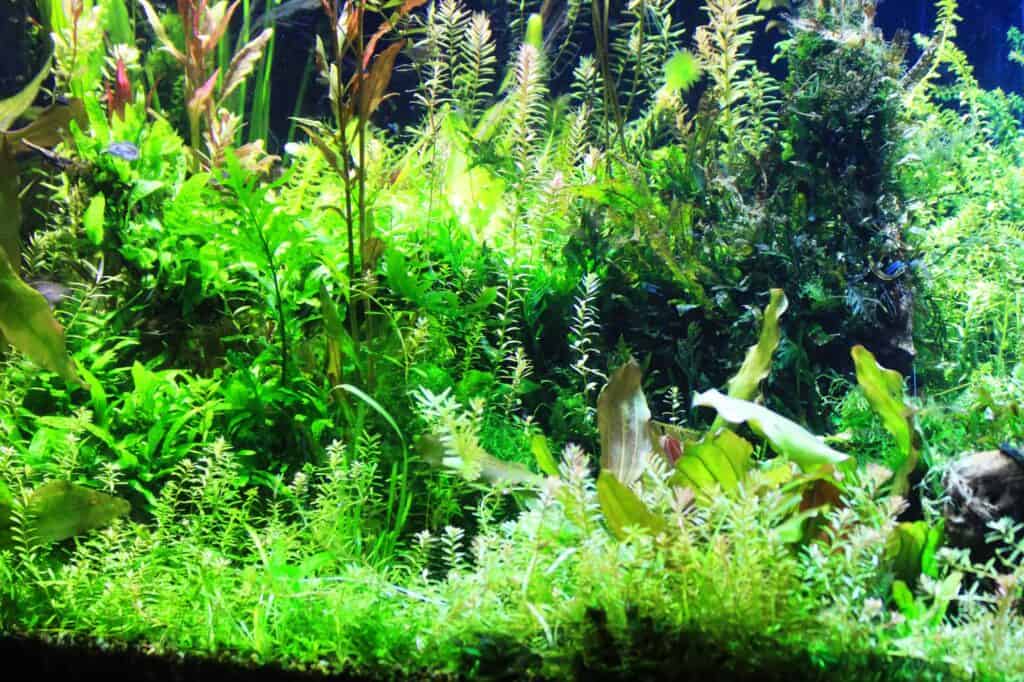When setting up a planted aquarium, one of the best ways to achieve a balanced, natural look is to create depth using foreground and background plants. Foreground plants are low and usually don’t stand out too much, while background plants are tall and can be much more extravagant.
Keep reading for a list of beautiful background plants that are suitable for beginners!
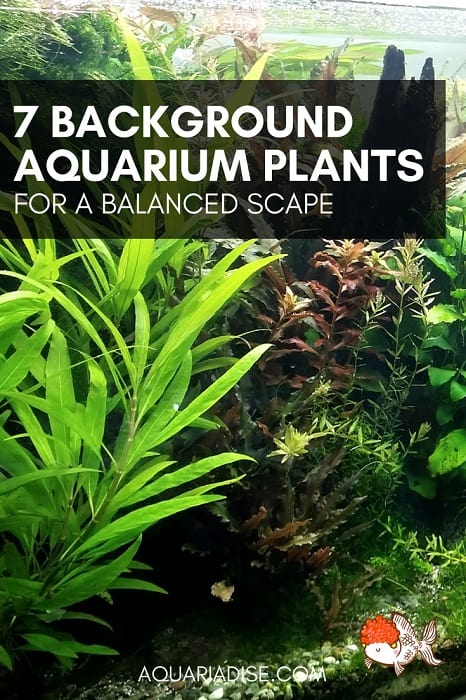
Rotala rotundifolia
Rotala rotundifolia (pictured above) is a stem plant with small leaves that’s been popular in the aquarium hobby for a very long time, and with good reason. When kept in low or medium lighting it will appear a dull mix of pale orange and green; the real magic happens when high light levels are provided, as it will then turn a lovely reddish pink tint instead.
Apart from the high light requirement, Rotala rotundifolia is not a very demanding plant. It grows quickly, which does mean frequent pruning is in order to prevent the bottom of the stems from becoming light-deprived and bare. Any cuttings produced while pruning can be replanted and will easily take root, which means it’s not difficult to produce a full, bushy look.
Rotala rotundifolia is often accidentally sold as Rotala indica. The Rotala sold in (online) stores often features round leaves, which will revert to their more spikey look once underwater for a while. You can buy Rotala rotundifolia online here!
Amazon sword (Echinodorus)
A classic for larger aquariums, Amazon sword plants from the genus Echinodorus (such as Echinodorus bleheri and Echinodorus amazonicus) are everything you need in a background plant. They grow very tall, making them a great focal point, and quickly form a dense ‘forest’ by producing runners.
Amazon swords are a great choice for beginners in the planted aquarium hobby or anyone looking to set up a low maintenance aquarium as they are undemanding, don’t require extra Co2 and do well even under medium to low lighting. Fertilizers aren’t too important either: just a few root tabs here and there should be enough to keep them healthy.
A full Amazon sword plant caresheet can be found here.
Vallisneria
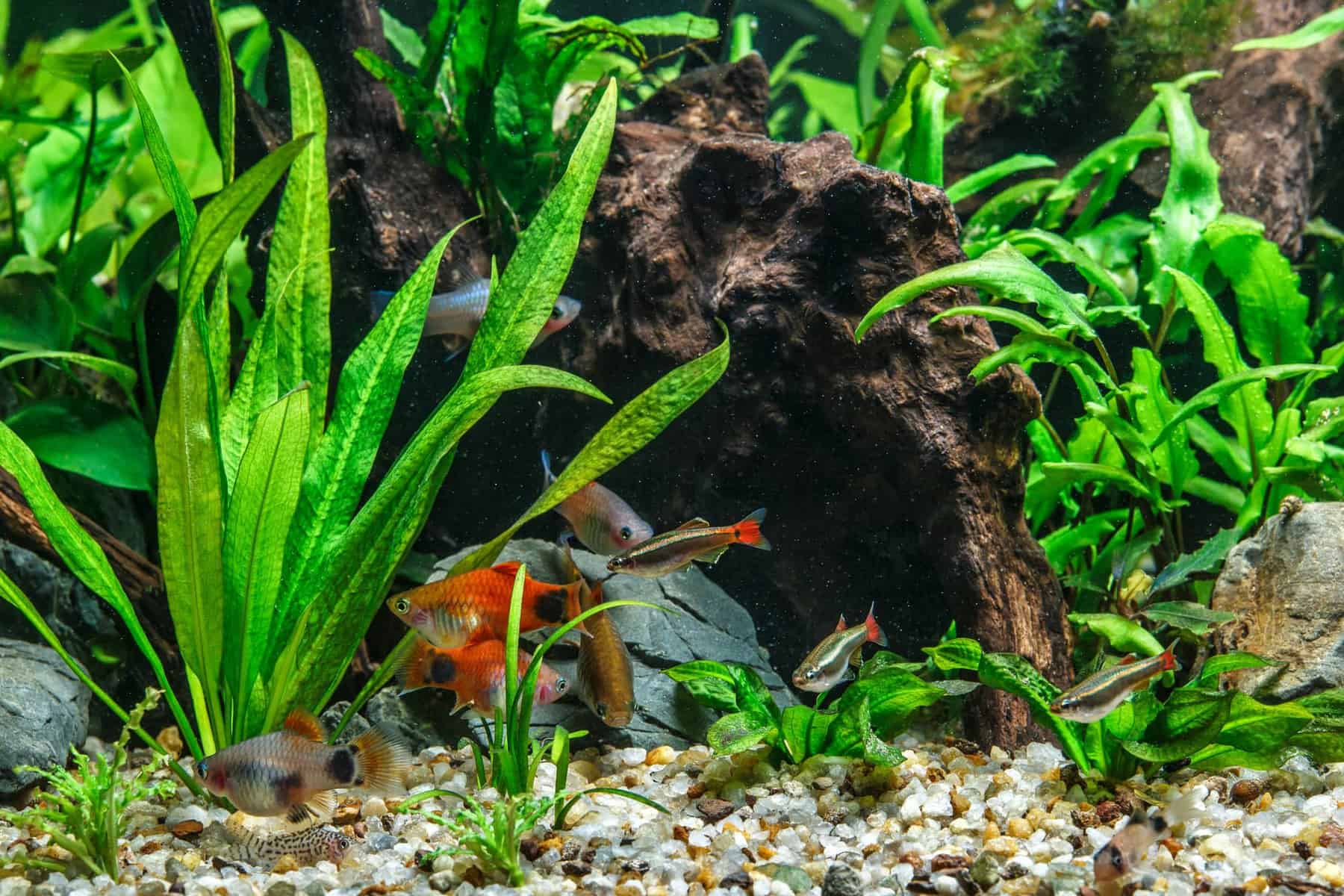
The Vallisneria genus contains many different species of varying heights, most of which are relatively easy to grow. This means there’s always a Vallisneria for your aquarium: for smaller setups, Vallisneria spiralis or the twisted-leaved Vallisneria tortifolia might work well as a background plant. For (very) large tanks, the appropriately named Vallisneria gigantea could be something to look into.
Vallisneria varieties don’t require much extra care, though be sure to keep in mind that they don’t appreciate soft, acidic waters. High lighting and Co2 injection are not necessary but will definitely help. Healthy Vals will quickly form a dense forest and can take over an entire tank by producing runners. If things are getting a bit too much, you can simply remove these and discard or replant them elsewhere.
A full Vallisneria plant caresheet can be found here.
Cabomba
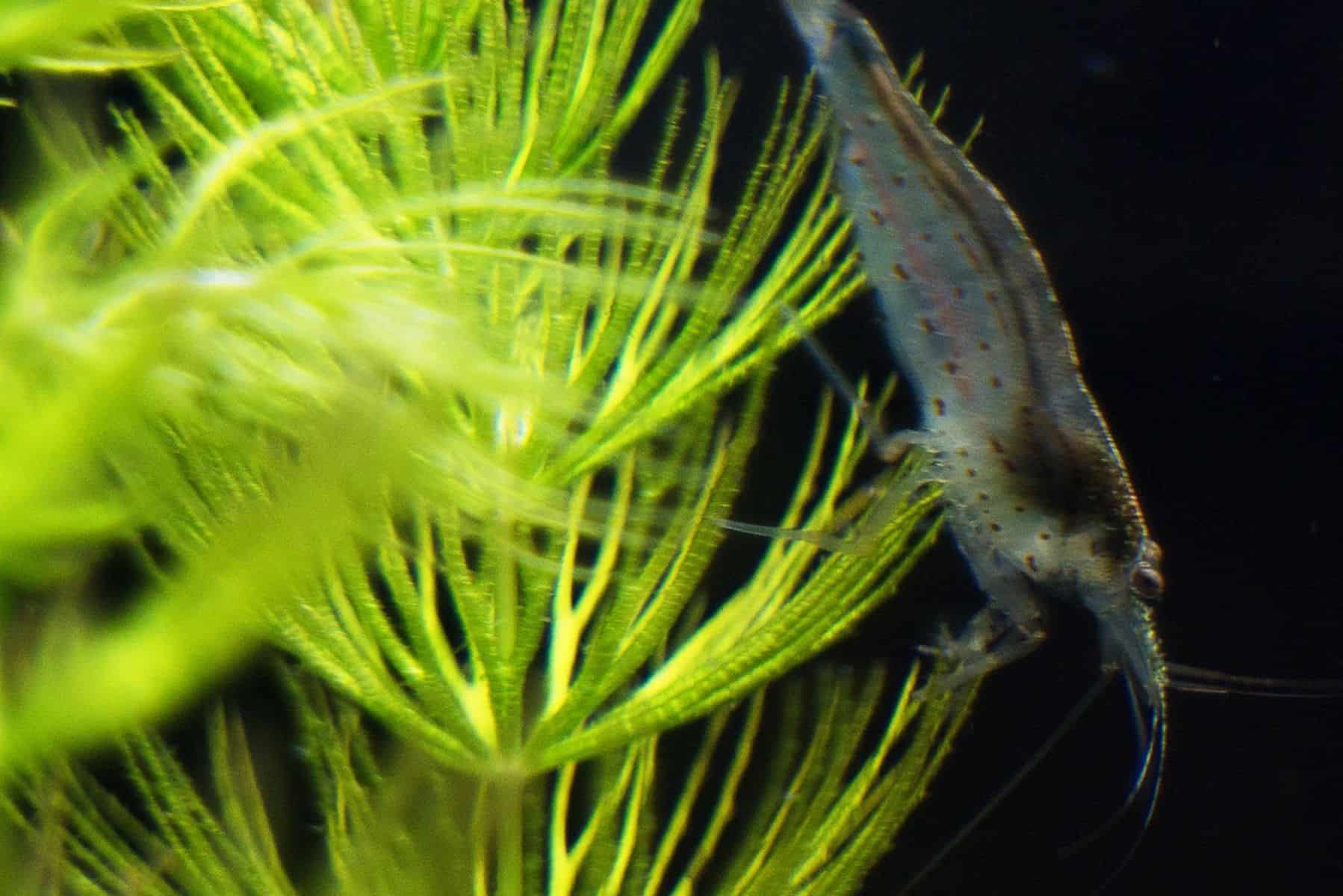
Another gorgeous stem plant, Cabomba (also known as fanwort) is appreciated for its fluffy appearance and suitability for coldwater aquariums of at least around 18 °C/64 °F. It’s definitely not the easiest plants to grow, but as with almost all stem plants, light is the key to success. Cabomba does best in high light conditions and will grow very quickly when provided with the right wattage. It can be grown free floating, though in an aquascape it will usually look best as a background plant.
Green Cabomba is easiest to find in aquarium stores, though red and purple varieties are also occasionally available. You can buy Cabomba online here.
Ludwigia repens
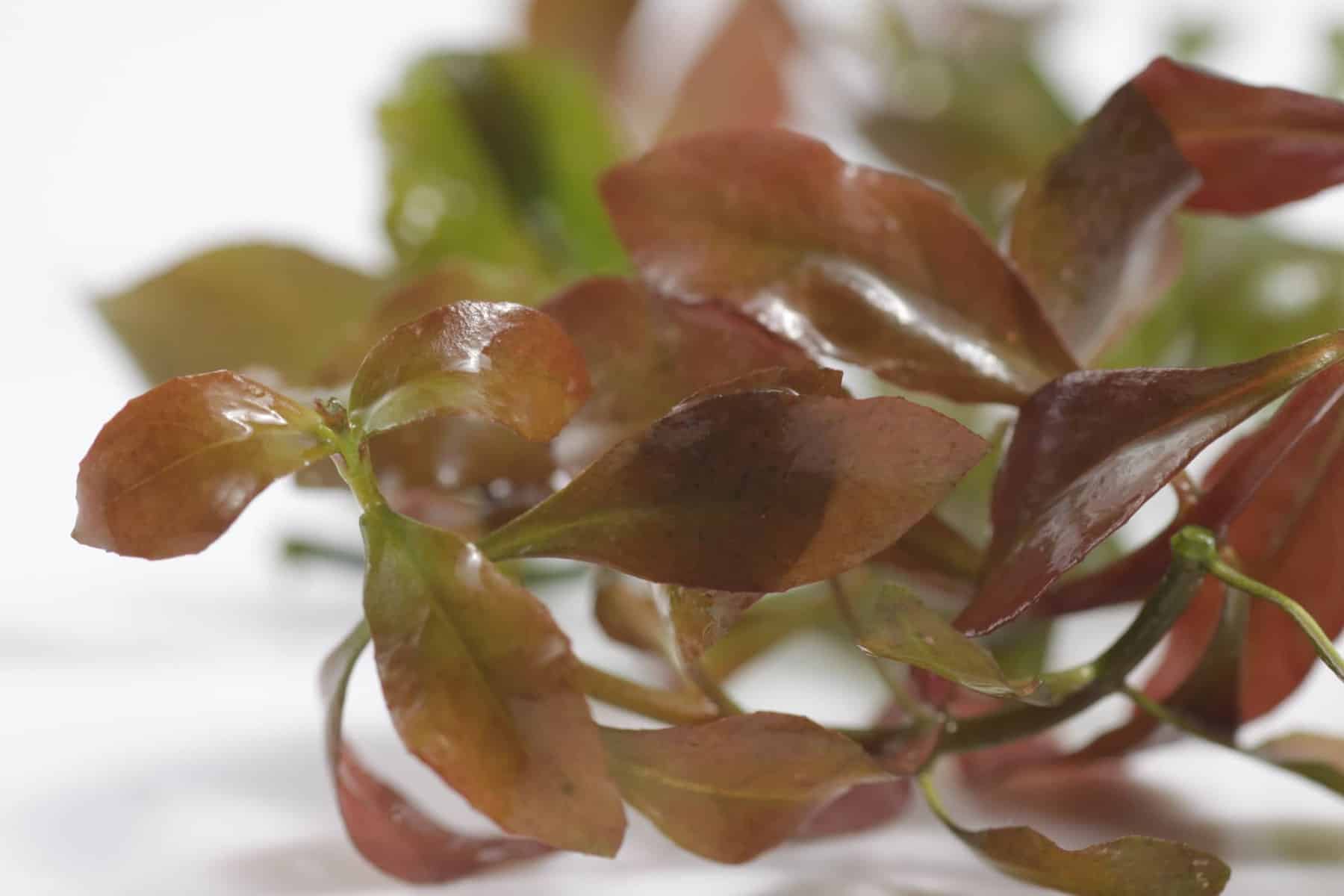
Similar to Rotala rotundifolia (discussed at the top of this article), Ludwigia repens is a relatively easy stem plant that appreciates high light conditions and will turn a lovely red color when exposed to the right lighting conditions. It grows quickly and can easily be turned into a full bush by pruning regularly: stems that are trimmed produce multiple side shoots and cuttings can be replanted by just sticking them into the substrate, where they will quickly take root.
Multiple varieties of Ludwigia repens, such as the dark red ‘Rubin’, have been cultivated and can be found at some aquarium stores. You can buy Ludwigia repens online here.
Crinum calamistratum
Perfect for anyone looking for a plant that looks unusual and grows very tall, Crinum calamistratum is a bulbous plant with narrow crinkled leaves. Its interesting looks make it a great eyecatcher, but there are some care requirements to keep in mind if you want to succesfully grow this plant.
Although Crinum calamistratum is known for its slow growth it does need quite a bit of light and will definitely benefit from some extra Co2. It also doesn’t like being uprooted or moved, so consider its placement before planting it! This might make it seem like an intimidating plant, but as long as you leave it alone as much as possible it shouldn’t be too difficult to grow.
With plenty of room, light, Co2 and some time to acclimate after being planted, your Crinum calamistratum should do well and eventually grow to the top of most tanks. As a bonus, it is ignored by most herbivorous fish and can be grown in low-end brackish aquariums.
Cryptocoryne
One of a few plant species that actually prefers lower light conditions over high light, Cryptocoryne is a great choice for low maintenance planted aquariums or beginners without much experience when it comes to aquarium plants.
Just keep in mind that this plant is known for ‘melting’ whenever disturbed too much, including after being replanted. New Crypts might die off completely, but don’t despair: they will return soon enough. Growth isn’t too fast with this plant but it can still grow into very large, dense bushes if given enough time.
There are many types of Crypts available in the aquarium trade, some of which can grow very large while others stay smaller. The popular Cryptocoryne wendtii can grow quite tall and makes a good background option.
A full Cryptocoryne plant caresheet can be found here.
If you have any questions or tips about background aquarium plants or if you want to share your experiences with the plants discussed in this article, don’t hesitate to leave a comment below. Happy fishkeeping!

